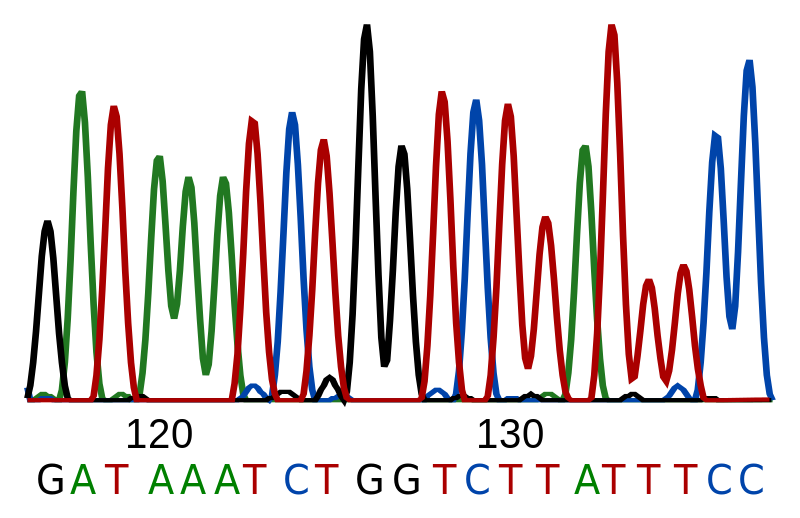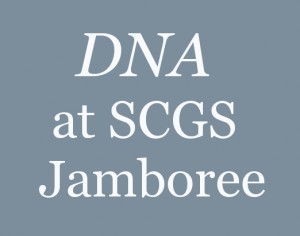My great-grandmother, Helen Johnson, was adopted.
She was born on March 2, 1889 in Mexico, Oswego County, New York, the unnamed daughter of a “Minerva D. Johnson” (age 20 and born in nearby New Haven, Oswego County, NY) and an unknown father. (New York State Department of Health, birth certificate 8040 (1889), no name; Office of Vital Statistics, Albany).
She died at the age of 93 in 1983 in Watertown, New York. Visiting the elderly Helen (by then known as Marley) is one of my earliest childhood memories.
In an attempt to find Helen’s ancestors, I’m using DNA that I graciously obtained from four of Helen’s grandchildren (my father, two of his sisters, and their first cousin). Last week, I uncovered some possible clues that have raised more questions than I could have ever thought possible. And when DNA is involved, that’s really saying something!

 A new must-read piece of genealogical scholarship using autosomal DNA as evidence was published this week in the
A new must-read piece of genealogical scholarship using autosomal DNA as evidence was published this week in the  As I wrote previously, the Southern California Genealogical Society has officially announced the
As I wrote previously, the Southern California Genealogical Society has officially announced the  In 1991, German tourists in the Alps discovered the mummified remains of a man who died approximately 5,000 years ago. Named
In 1991, German tourists in the Alps discovered the mummified remains of a man who died approximately 5,000 years ago. Named